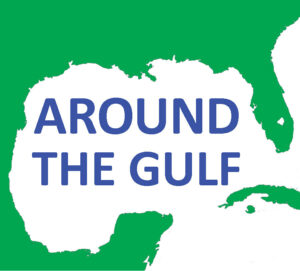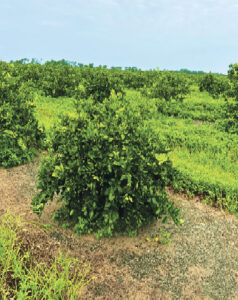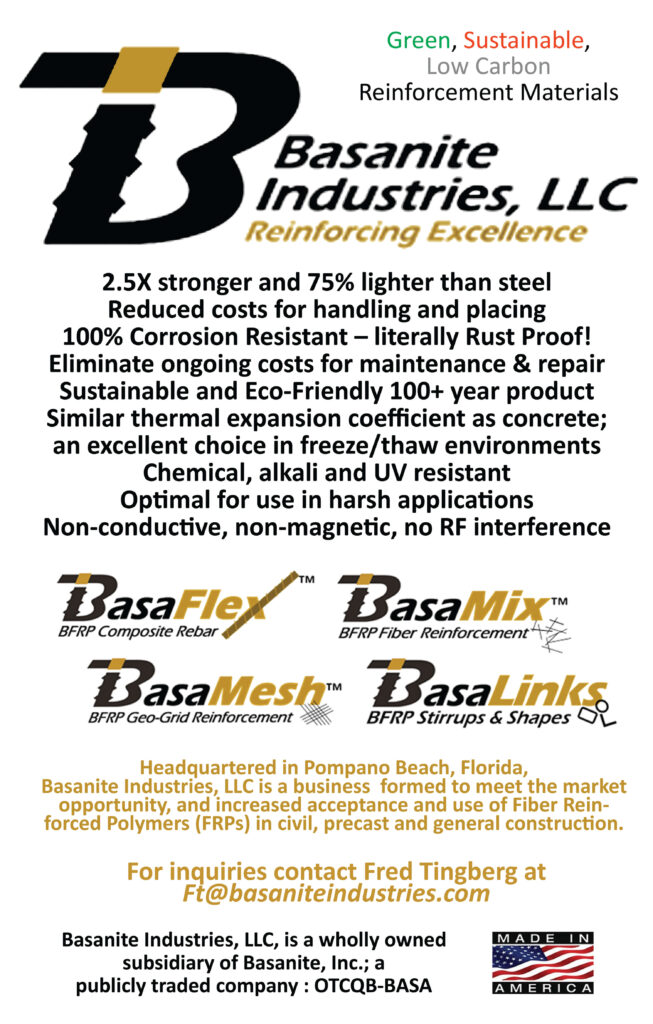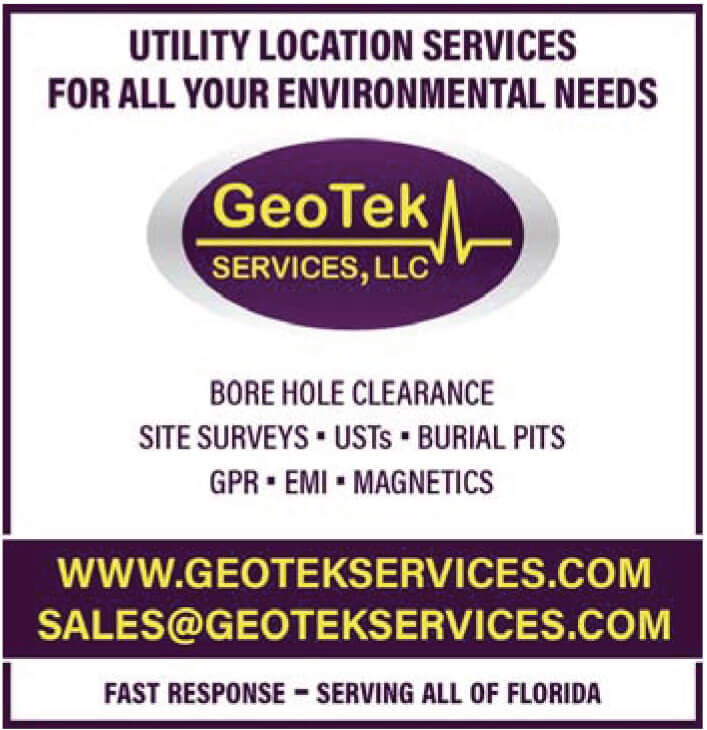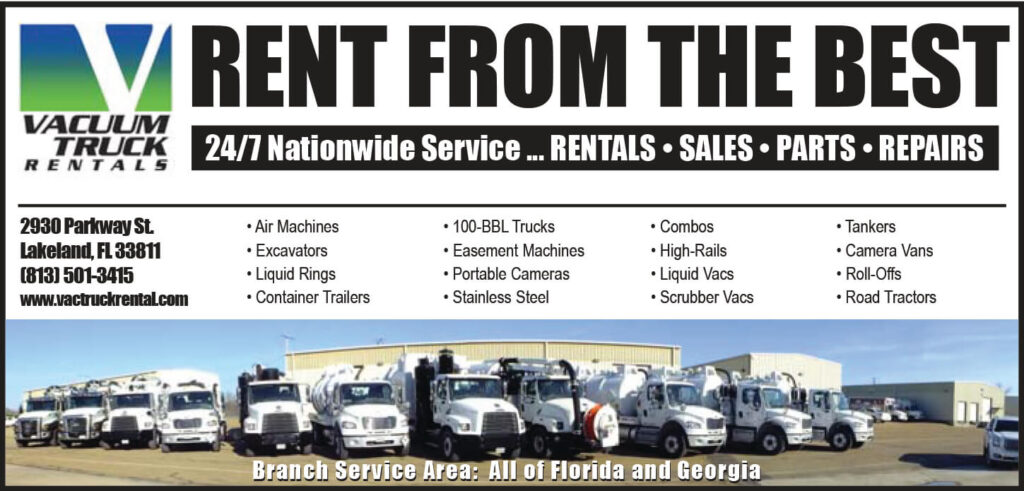By KAREN DEETER,
Senior Consultant,
MSW Consultants
An increasing emphasis is being placed on adaptation to the effects of climate change on vulnerable communities, including flooding, drought, heat waves, and poor air quality.
The circular economy can lessen some of these effects.
According to the World Resources Institute, the extraction and processing of material resources is causing 90 percent of biodiversity loss and water stress on Earth. By using circular economy strategies, we could slow down this process.

One approach is reducing the demand for virgin materials by using local materials when possible and increasing reuse, repair, refurbishment, and recycling.
The added benefit to this approach is the improvement in resilience to disruptions in the global supply chain.
Many entities put waste management at the forefront of reducing greenhouse gas emissions and adapting to climate change.
While improving how our communities handle waste is necessary for adaptation, this only looks at the end life of products instead of at the entire life cycle of the products.
Designing products for a circular life cycle instead of the current linear path (buy → consume → throw away) will decrease waste and save natural resources.
Management of food waste is another way to reduce greenhouse gas emissions. Globally, food loss and waste produce 4.4 gigatons of CO2 equivalent annually.
According to the U.S. EPA publication, From Farm to Kitchen: The Environmental Impacts of U.S. Food Waste (November 2021), over one-third of the food produced in the U.S. is lost or wasted.
At the same time, the U.S. Department of Agriculture reported that in 2021, 10.2 percent (13.5 million) of households in the U.S., or 33.8 million people, were food insecure.
Twenty-four percent of landfilled waste and 22 percent of combusted municipal solid waste is food waste. If all the food lost or wasted could be eaten, it would be enough to feed more than 150 million people annually.
It is often necessary to transport critical materials over long distances and, in many cases, from countries with a risk of supply chain disruption.
Many rare earth metals come from Russia and China, which can be a security risk.
We can decrease this risk through reuse, repair, recycling, and sharing and by producing things in new ways.
As consumers, we can raise the demand for circular products and urge policymakers to legislate for circularity.●










